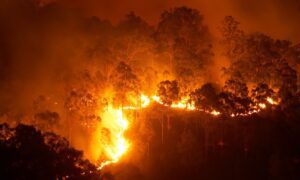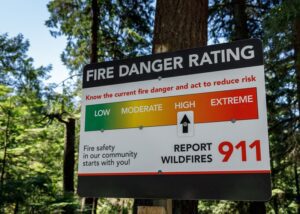Consumers 'still in the dark' on cyclone pool savings

Policyholders are no closer to knowing the impact the cyclone reinsurance pool will have on premiums as key modelling details have still not been released, the Australian Consumers Insurance Lobby (ACIL) says.
ACIL says Treasury is yet to provide detail on which rating bands will apply to particular suburbs or postcodes, after releasing information on rates across 23 bands.
“The Federal Government have information on ratings applicable to location available that can be released but are yet to release it,” ACIL Chairman Tyrone Shandiman said today.
“We believe the immediate and timely release of this information is important to provide for greater clarity and transparency of the reinsurance pool.”
ACIL says it has written to Financial Services Minister Stephen Jones seeking release of the full modelling or clarification on why the further details are not being made available.
Mr Jones released actuarial analysis by Finity at the end of June after the previous Coalition Government came under fire for not providing details to back up claimed premium savings of up to 46% for homeowners, 34% for SMEs and 58% for strata properties.
ACIL says the Finity modelling shows the Federal Government wants to collect $867 million in premiums to fund the cyclone reinsurance pool, with Queensland, the NT, WA and NSW north of Port Macquarie to contribute.
ACIL says it shows the maximum standard premium rate for wind risks is 0.50 for every $100 insured, translating to $500 for every $100,000 insured. GST, stamp duty and an insurers margin could take that to $600-$700.
The cyclone-related flood risks maximum standard rate of 0.10 translates into $100 for every $100,000 insured, with GST, stamp duty and a margin taking the total to a possible $120-140. For storm surge the maximum is 0.05 for every $100.
Loading and discounting will apply to standard rates for a range of risk factors including sum insured, excess, wall and roof construction, age of property and number of stories.
The Finity document shows average savings across an entire sample set of almost 200,000 properties across Queensland, Northern NSW, WA, and NT as 8% for home, 14% for SME and 13% for strata.
The expected savings increase to 19%, 17% and 15% respectively for northern Australia properties, and 38%, 28% and 18% for the worst-affected properties.




